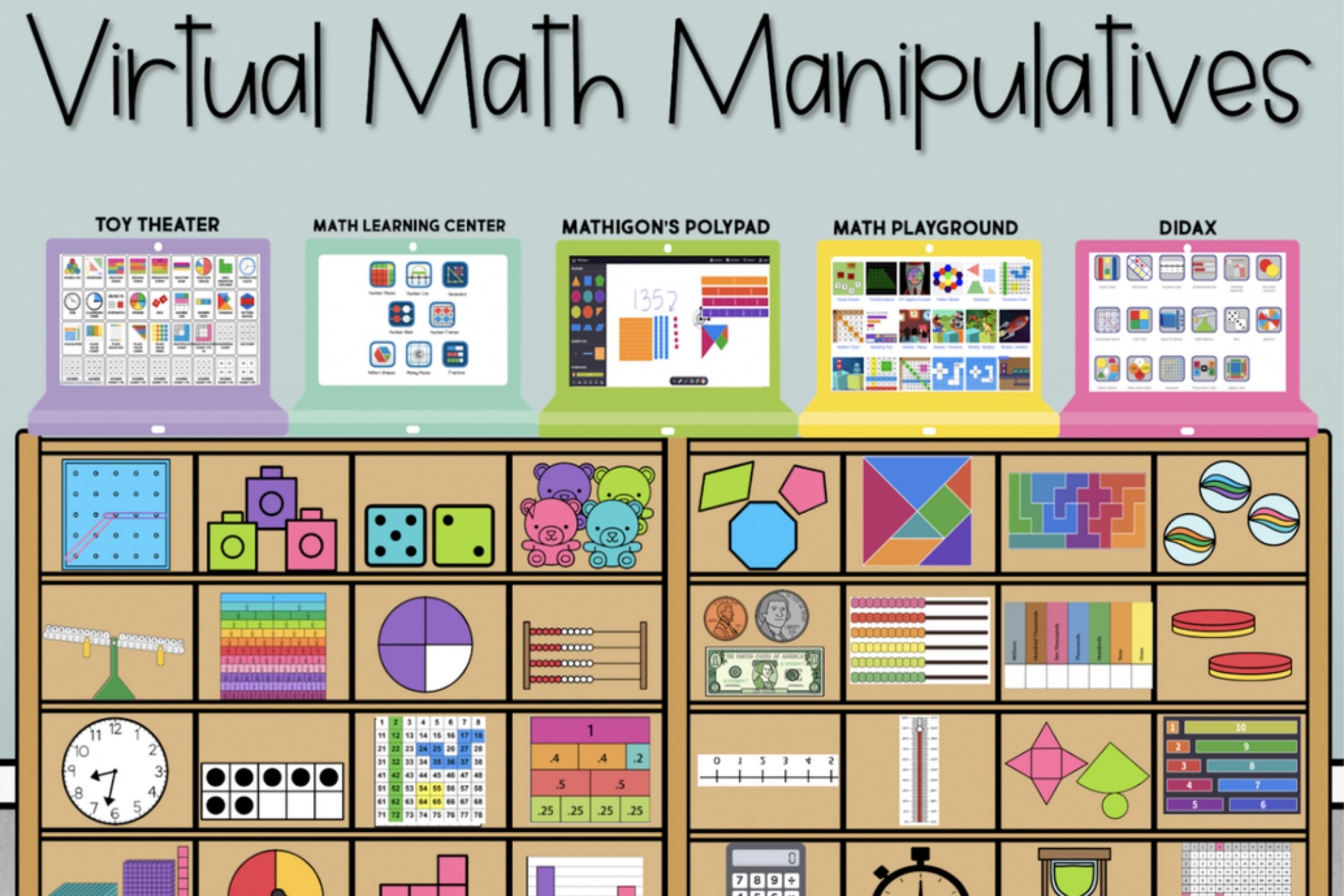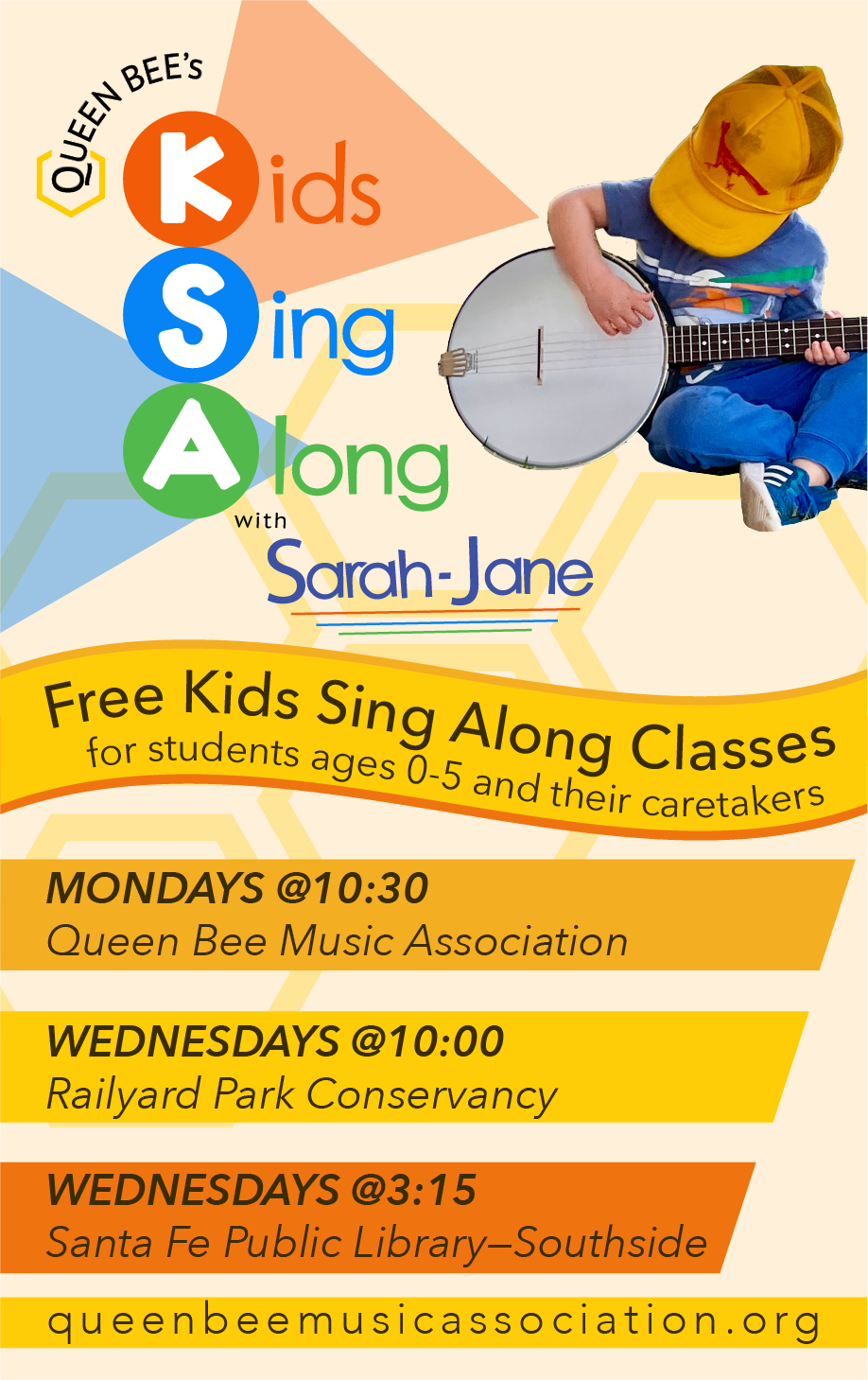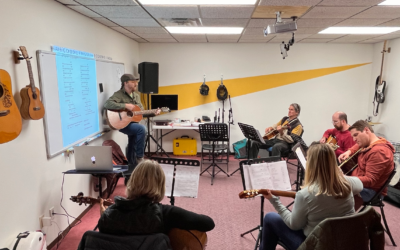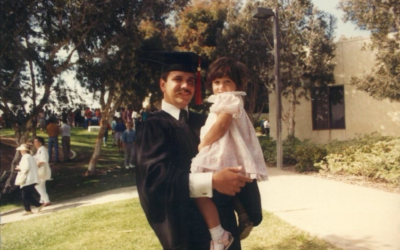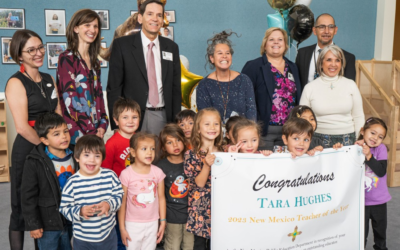Get Your Hands on Math!
Quick, playful ways to incorporate math into daily activities.
Whether elementary-age children are at school or learning remotely, math presents a unique set of challenges for them and their parents.
As children learn the concepts of number and spatial sense, different operations, measurement, geometry and much, much more, the goal should be to recognize that math is an integral part of our everyday lives. As author Bethany Barton puts it in her book, I’m Trying to Love Math, making cookies, telling time and figuring things out is about “a bunch of math, isn’t it?” and a recipe is “basically a word problem!” Approaching learning math with a hands-on, kinesthetic perspective makes it less scary and stressful for you and your children. As Albert Einstein wrote, “Do not worry about your difficulties in mathematics. I can assure you mine are still greater.”
So, what will it take to make math more fun and less of a struggle? It takes activities that engage and entertain children in playful ways to build math familiarity and fluency. Even playing Tic Tac Toe is math infused, requiring decision making and critical thinking to win. Consider these activities as dress rehearsals for getting kids ready for their life pursuits as actors, musicians, scientists, doctors and other professionals. They all practice to improve their skills. So, join me as we explore math activities and books and find quick, fun ways to incorporate math into our everyday activities.
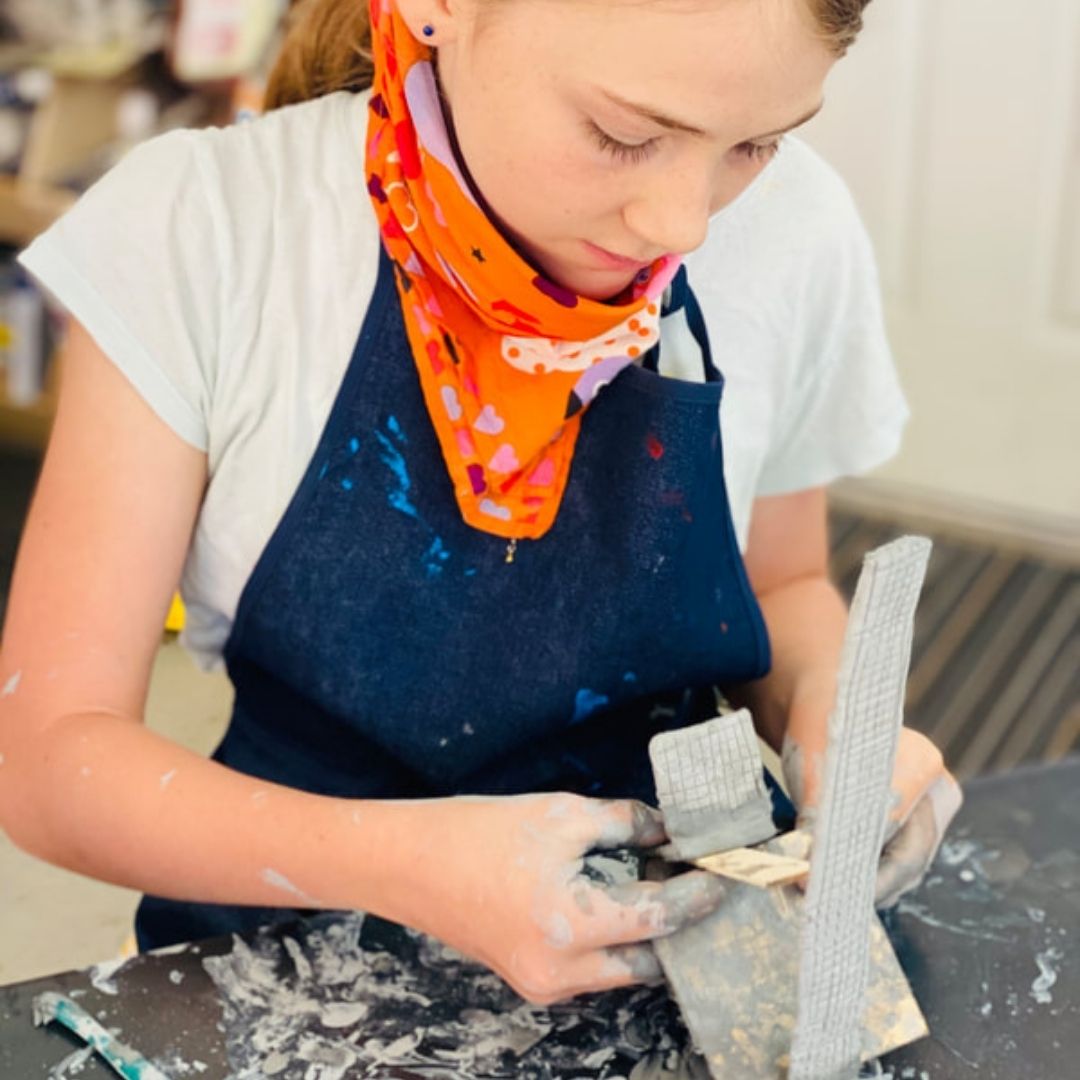
Virtual Math Manipulatives
Let’s begin with the Virtual Math Manipulatives site that takes advantage of the power of technology by providing free and easy-to-use materials remotely. Teachers and their students have reported the site is amazing and fun to use. The virtual geoboards come complete with colored rubber bands that can be placed and moved to make a variety of geometric shapes, dice can be rolled to generate numbers for different operations, fraction bars compare fractions, and much, much more. Give it a try, use your imagination, and I promise you and your children will discover endless possibilities to problem solve without realizing it.
Kitchen Math
Building children’s capacity and confidence for math continues with Kitchen Math, which can start with identifying and using different measuring tools, covering pots with their corresponding lids, and following simple recipes. It offers hands-on experiences that lay a solid math foundation.
Math and What We Eat
Math and What We Eat continues our math journey as we dial the oven temperature, set the power and time on the microwave, and estimate the right container size to store leftovers. What about checking the kitchen cabinet for cylinders? Before opening the doors, ask your children how many cans (cylinders) they think are in the cabinet. Then have the children count and sort them by sizes and shapes.
Recycle Math
Let’s play Recycle Math. Collect 10 empty plastic bottles that are the same size and have caps, remove the labels and write the numbers one to 10 on them, respectively. Arrange them in a triangular formation like a set of bowling pins, with the point facing the “bowlers.” The “bowlers” roll balls toward the bottles and call out the numbers of the fallen bottles, and then they can add them. Change it up by using different sized balls or varying the distance to the bottles.
Egg Carton Math
Egg Carton Math offers another great way to practice math skills. Write a number in each empty egg compartment and have children place a small round object inside, close the cover and shake it. They then open the cover of carton and write down the number on paper, and repeat the process and write down the second number. These numbers can be added or multiplied; the children can decide which operation to use. They can repeat the process a third time. I hope this “cracks you up!” Don’t waste these and many other kitchen math opportunities for number recognition, estimation, problem solving and “math talk” with your children.
Grocery Store Math
Our math journey continues with Grocery Store Math, acquainting children with money, quantities and costs of different products. Before going to the store, have available coins that can be sorted into different stacks, and have children learn to explain their values. Adding bills, too, contributes to understanding the value of money that leads to determining the amount of money they have and what they can buy with it. This is a good time to pose word problems that involve adding, subtracting or multiplying. For example, if it takes 10 dimes to make one dollar, how many dimes will it take to make three dollars? Ten dimes x 3 = 30 dimes.
“Whining” Math
Building financial literacy skills resumes with comparison shopping and making a budget in “Whining Math.” Children on shopping excursions probably want you to buy something — candy, a drink or a toy. Rather than responding “No” or “We’ll see,” talk about what it will take to pay for it. Another option, until it is safer to take children with us to the store again, is to share the grocery ads with your children, who then plan a dinner for the family having only $10 to spend. These are teachable math moments for comparing prices and a need for a budget so they don’t overbuy.
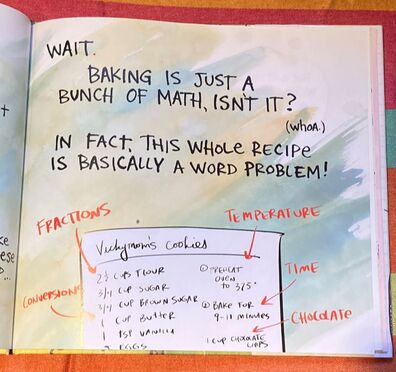
Kick your math activities into high gear with Moving with Numbers, as children flap their arms like birds for 15 seconds, count the up and down movements and record the number on a sheet of paper or in a “Math Health Notebook” over several days. Then have them analyze the numbers — did they go up, down or stay the same? To get more math in, plot these numbers on a bar graph using the Virtual Math Manipulatives site. Playing to children’s energetic nature with math yoga, jumping like a frog, s-t-r-e-t-c-h-i-n-g like a tiger, or swaying like trees further demonstrates that math is a part of everyday life.
Let’s set math to music by singing with Mr. R.’s songs and videos that include:
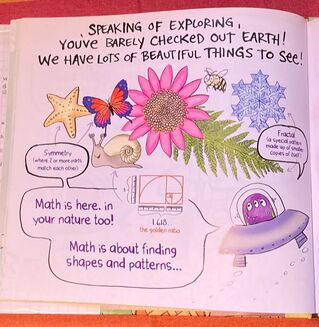
Books
Take your math journey to new places with adventurous books that weave math into the storyline in seamless ways to capture children’s attention, available in print or in video read-alouds.
- Read Clifford, The Small Red Puppy by Norman Bridwell for comparisons as he grows up — his collars, food bowls, dog houses and his increasing size.
- Mission: Addition by Loreen Leedy and How Many Blue Birds Flew Away by Paul Giganti Jr. take children into the world of addition and subtraction, as does Stuart J. Murphy’s Elevator Magic.
- The Story of Snow by Mark Cassino explores the topic of symmetry.
- The 512 Ants on Sullivan Street by Carol A. Losi is a multiplication read aloud-book that will sure to please.
We can even integrate art into math learning through some of the following books:
- Tangram Cat by Maranke Rinck and Martijn van der Linden is a fun book that will inspire children to make their own animal shapes.
- The Shape of Things by Dayle Ann Dodds is a rhyming book with bright illustrations of things we see every day.
- I Spy Shapes in Art by Lucy Micklethwait encourages children to find shapes in famous paintings, including those of Georgia O’Keeffe.
Engaging children in pleasurable everyday math activities and immersing them in the world of books with fun characters stimulate their working memories. This approach builds a stronger math foundation that boosts children’s problem-solving abilities as they progress through the grades. And lastly, with its built-in entertainment value, it is a win-win approach to learning and having fun. Let the mistakes begin!

